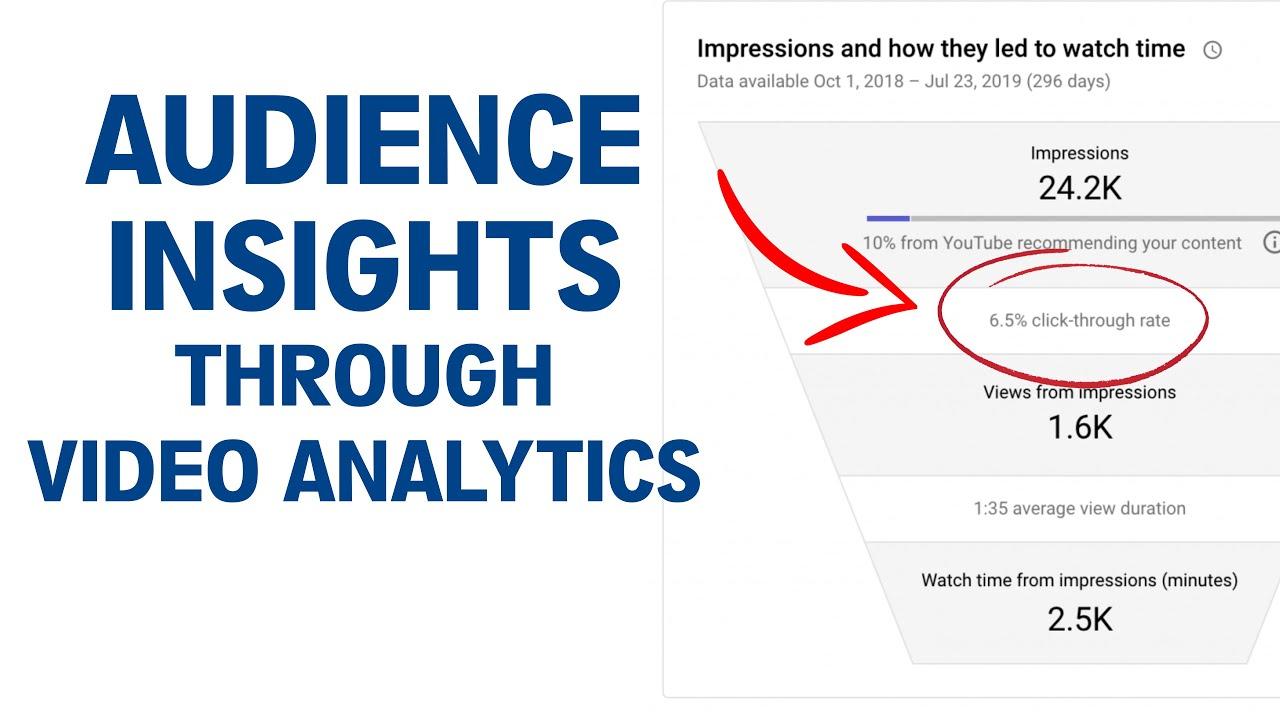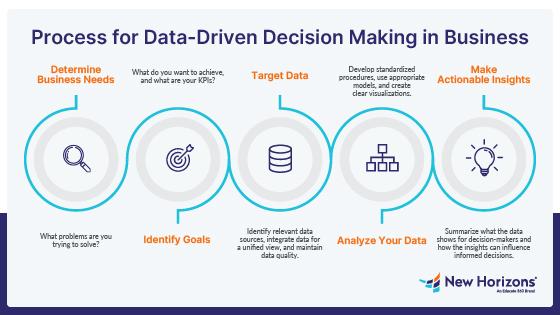
In the ever-evolving landscape of digital marketing, YouTube stands as a titan, offering both brands and influencers a unique platform to engage, entertain, and educate millions. As this vibrant ecosystem continues to flourish, understanding its intricacies becomes paramount for anyone looking to harness the power of influencer strategies effectively. Enter YouTube Analytics—a treasure trove of data that, when decoded, can unlock profound insights into audience behavior, content performance, and engagement trends. This article delves into the art and science of navigating youtube Analytics, empowering creators and marketers alike to craft informed strategies that not only resonate with viewers but also amplify their online presence. Join us as we explore how to turn raw data into actionable insights, ultimately paving the way for more impactful influencer partnerships and campaigns.
Understanding Key Metrics for Influencer Success
When evaluating the impact of your influencer campaigns, it’s crucial to delve into specific metrics that illustrate not just your reach, but also your audience engagement and conversion rates. Some of the most critically important metrics to consider include:
- View Count: Indicates how many times your video has been viewed, giving a clear picture of your content’s initial popularity.
- Watch Time: Measures the total minutes watched and is essential for understanding how engaging your content is.
- Engagement Rate: The combination of likes, comments, and shares relative to your views can show how much your audience values your content.
- Subscriber Growth: Tracking the increase in subscribers post-video can gauge a video’s effectiveness in converting viewers into loyal followers.
Along with these metrics, it’s vital to examine how demographics play into your content strategy. Understanding the finer details, such as the age, gender, and geographical location of your viewers, can drastically enhance your targeting efforts. Below is a sample table that can help you analyze viewer demographics:
| Demographic | Percentage |
|---|---|
| 18-24 Years | 35% |
| 25-34 Years | 40% |
| 35-44 Years | 15% |
| 45+ Years | 10% |

Leveraging Audience Insights to Tailor Content Strategies
Understanding your audience is key to developing content that resonates. By diving into YouTube Analytics, you can uncover valuable insights about who is engaging with your content. Consider the following aspects to shape your content strategies:
- Demographics: Analyze age, gender, and location to create tailored content that appeals to specific segments of your audience.
- Watch Time: Identify which videos keep viewers engaged the longest to replicate those themes or formats in future content.
- Traffic Sources: Determine where your audience comes from and adjust your promotional strategies accordingly.
Transforming data into actionable strategies necessitates a methodical approach. A table can help clarify your findings,allowing you to visualize trends and patterns over time. Here’s a simple overview of potential content types and their corresponding audience impact:
| Content type | Engagement Rate (%) | Viewer Demographic |
|---|---|---|
| Tutorial Videos | 75% | 18-34 years |
| Product Reviews | 68% | 25-45 years |
| Behind-the-Scenes | 60% | All ages |
Utilizing the insights obtained from such analytics empowers you to experiment with different storytelling methods and content formats. Adapt your outreach tactics to align with audience interests and preferences, creating a more engaging and sustainable content ecosystem.

Optimizing Engagement through Data-Driven Decisions
In the quest for enhancing audience connection, leveraging analytics can provide transformative insights. Data-driven decisions allow content creators to tailor their strategies effectively,maximizing engagement. Important metrics to consider include:
- Watch Time: Assess the average duration viewers spend watching your videos to identify your most engaging content.
- Click-Through Rate (CTR): Analyze how well your thumbnails and titles resonate with potential viewers.
- Audience Demographics: Understand who your viewers are in terms of age,gender,and location to create relatable content.
Implementing a methodical approach to these insights can foster more meaningful interactions. For instance, when evaluating your content’s performance, consider the following strategies:
| Strategy | Data Point | Outcome |
|---|---|---|
| Adjust Thumbnails | Low CTR | Increased Clicks |
| Focus on high Watch Time Topics | Analytics Reports | Improved Retention |
| Engage in Community Feedback | Comments & Likes | Greater Viewer Loyalty |

Measuring the Impact of Collaborations on Channel Growth
Understanding how collaborations influence channel growth involves analyzing a range of metrics that highlight engagement and reach. When partnering with influencers, the effect on key performance indicators such as watch time, subscriber growth, and view counts must be tracked to gauge success accurately. Key metrics to monitor include:
- engagement Rate: Assess likes, comments, and shares to determine how the audience interacts with collaborative content.
- Subscriber Growth rate: Measure the influx of new subscribers during and after collaboration periods.
- Traffic Sources: Evaluate where your views are coming from, specifically how many originate from an influencer’s channel.
Using these metrics, creators can build a clearer picture of the effectiveness of their collaborations. analyzing data from specific collaborations allows you to identify profitable partnerships. A practical approach is to create a comparison table to highlight results from different influencer strategies:
| Influencer | Engagement Rate (%) | Subscriber Growth (Count) | Views Generated |
|---|---|---|---|
| Influencer A | 15 | 200 | 1500 |
| Influencer B | 25 | 350 | 3000 |
| Influencer C | 10 | 100 | 1200 |
This table serves as a simple yet effective way to visualize the outcomes of various influencer partnerships, allowing for informed decisions on future collaborations based on measurable impact.
Closing Remarks
In a landscape as dynamic and ever-evolving as YouTube, understanding the nuances of analytics is not just an advantage; it’s a necessity. As we’ve explored in this article, the data-driven insights gleaned from YouTube Analytics can empower influencers to craft more effective strategies, fostering deeper connections with their audience and driving meaningful engagement. By decoding metrics such as watch time, audience demographics, and traffic sources, influencers can fine-tune their content to resonate with their viewers, ensuring that their creative efforts yield impactful results.
Embracing these analytical tools can transform the way you approach content creation,shifting the focus from sheer quantity to strategic quality. The journey doesn’t end here; as trends shift and platforms evolve, continued learning and adaptation will be key to sustaining success in the influencer realm. With each view, like, and comment, YouTube offers a wealth of data waiting to be harnessed. So, as you step away from this guide, remember: the numbers tell a story, and it’s time to let them inspire your next chapter in the ever-exciting world of digital influence.